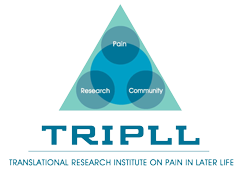An exploration of the effectiveness of a peer-led pain management program (PAP) for nursing home residents
Patricia Kim2020-12-29T15:57:26-05:00An exploration of the effectiveness of a peer-led pain management program (PAP) for nursing home residents with chronic pain and an evaluation of their experiences: A pilot randomized controlled trial 80% of nursing home residents have reported chronic pain, which is often accepted by older adults as part of aging. Peer support models are being used to help individuals manage their chronic conditions and overcome the challenges of limited healthcare resources. The aims of this study were: (i) to examine the effectiveness of a 12 week peer-led pain management program (PAP) for nursing home residents and (ii) to evaluate their [...]
